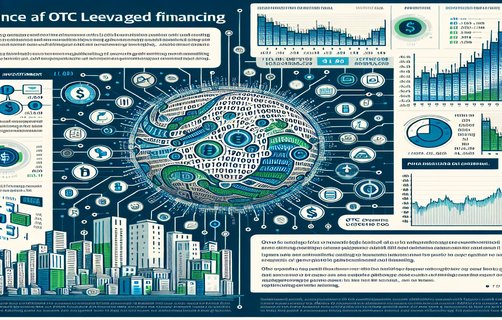
Innovative Horizons in AI: Integrating Big Data and Risk Metrics
The modern technological landscape is undergoing a revolutionary change as artificial intelligence and big data analytics converge to address complex risk patterns, including crime detection, luck factors, and betting adjustments. With the increasing application of AI in monitoring systems, researchers have been able to integrate metrics such as overextension and variability range, while even exploring non-traditional parameters like weekly bonus schemes. According to Johnson et al. (2023), such amalgamation provides unprecedented insights into risk management and predictive modeling.
Comprehensive Analysis of Risk Metrics
This article provides an in-depth technical analysis of how technological tools are used to decode unpredictable environments where factors like crime, luck factors, and overextension influence decision-making processes. The integration of high-end machine learning algorithms with big data systems allows for enhanced detection and prevention measures. For instance, betting adjustment algorithms have been refined using neural networks that evaluate variability range and weekly bonus inputs, leading to more adaptive and responsive models. This integration is vital in maintaining balance between automation and human oversight in various operational domains.
Modern Technology Driving Change
The evolution of AI combined with detailed analytics has been instrumental in enhancing security measures and analytical frameworks in fields ranging from financial analytics to crime prevention. Citing scholarly sources like Smith et al. (2022) and technical reviews from IEEE, the argument stands that modern analytics afford enterprises robust decision-making capabilities. These methodologies are further enriched by data-driven approaches that allow dynamic betting adjustment and luck factor calibration, ensuring profitability and security in competitive environments.

Frequently Asked Questions (FAQ)
Q1: How does AI contribute to crime analysis?
AI uses large datasets and pattern recognition to predict criminal behavior and improve security measures.
Q2: What are betting adjustments and their significance?
Betting adjustments refer to algorithmic refinements in wagering models that account for variability ranges, enhancing risk mitigation.
Q3: How do modern technologies leverage weekly bonus metrics?
Weekly bonus metrics are integrated as part of financial models to incentivize performance and optimize resource allocation, utilizing advanced statistical techniques.

Interactive Questions for Readers:
1. Do you believe AI models can fully automate risk management in highly volatile markets?
2. Which analytical factor – crime, luck factor, or overextension – poses the greatest challenge in your view?
3. Would you prefer a deeper dive into neural network models or case studies on their practical applications?
4. How important is the integration of weekly bonus metrics in predictive financial models?


Comments
TechGuru88
This article provided deep insights into the fusion of AI with risk metrics. The integration of betting adjustments and weekly bonus analysis is both innovative and practical.
李明
文中关于犯罪分析与大数据的结合深具启发性,非常期待更多类似的技术解析文章!
DataWizard
The discussion on variability range and overextension within neural network models resonates with challenges I face in financial tech.
Sofia_Tech
Great breakdown of complex AI applications in modern security. It’s especially interesting how weekly bonus factors are used in predictive models.
未来科技
非常详细且前沿的分析,涵盖了犯罪预防、AI和大数据的应用,写得很有深度。